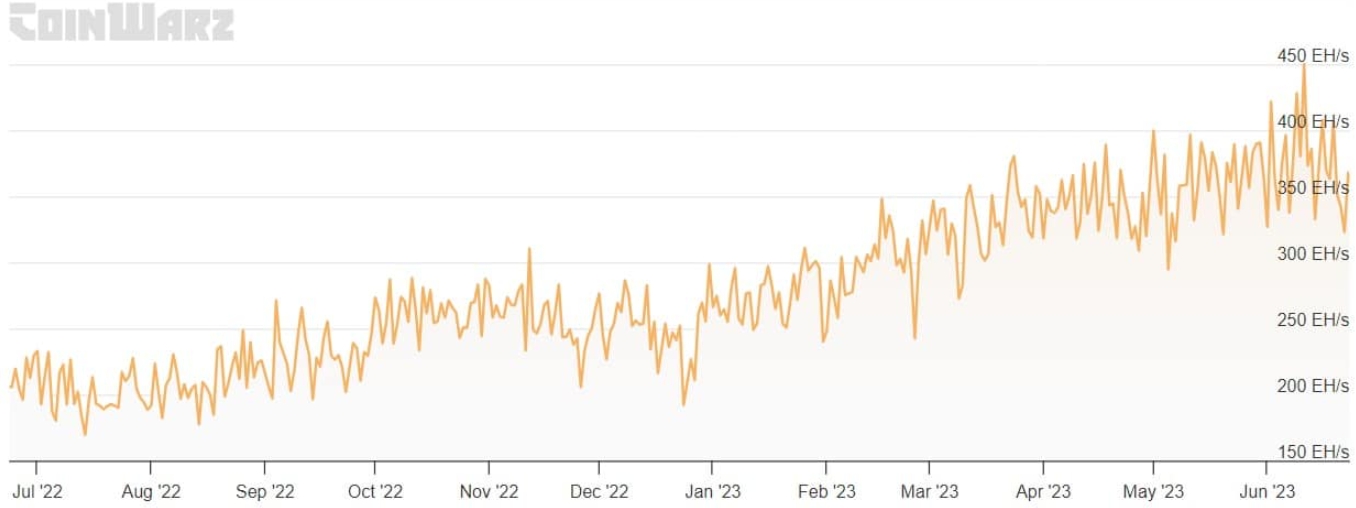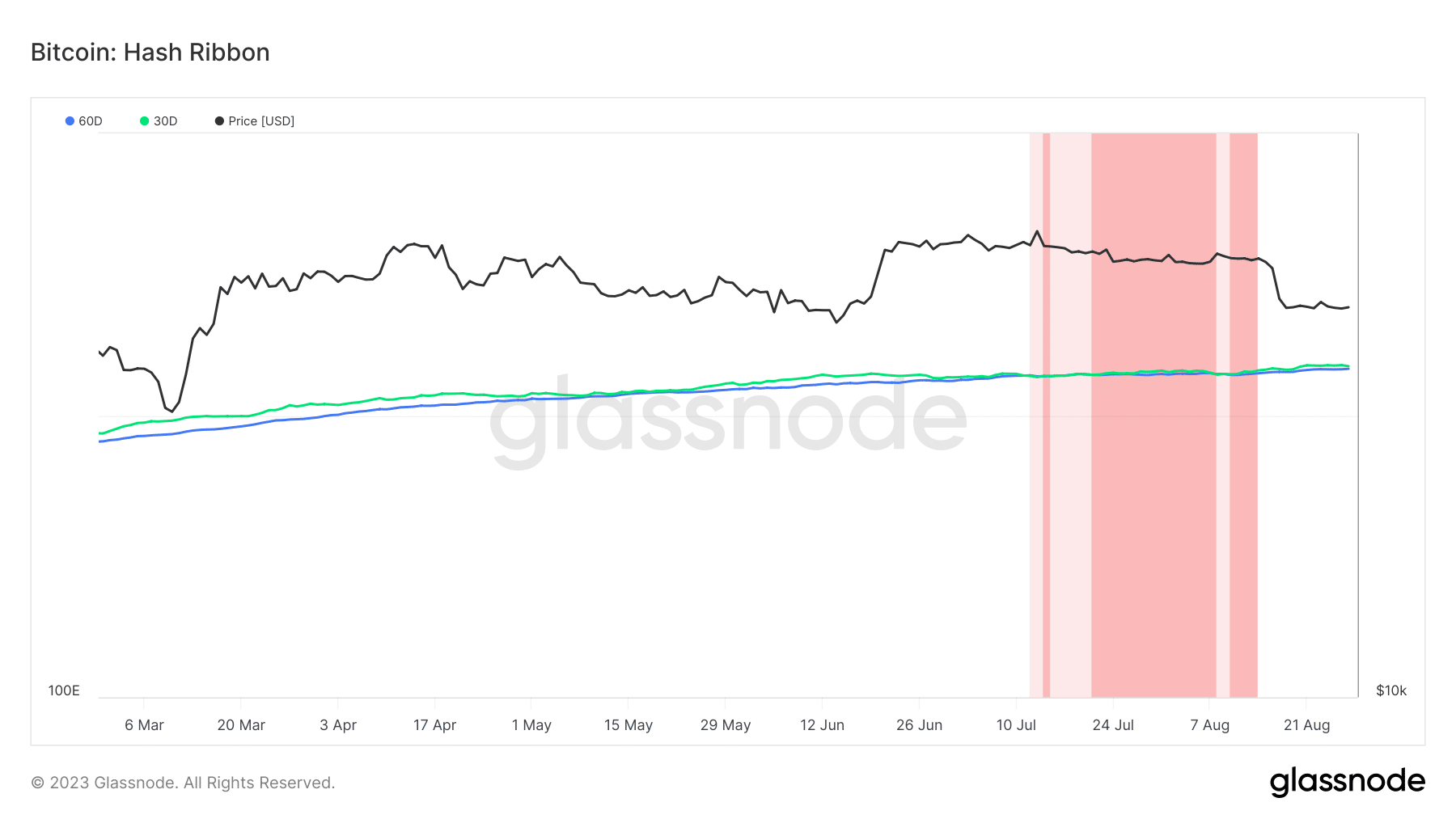- In the past year, Bitcoin has experienced stable growth in our mining ecosystem as hash rate continues to increase. In fact, the mining difficulty of the blockchain recently reached an all-time high.
- Recently, BlackRock became the second largest shareholder of four major Bitcoin mining companies. This clearly showed that the investment management company saw potential in the mining sector of BTC and had high expectations.
- At the time of writing, Bitcoin’s mining difficulty was at 55.62 T. However, miners’ revenue has seen a decline in the past seven days while the hash rate of the blockchain continues to grow.
BlackRock shows its confidence in the BTC market as the second largest shareholder in 4 Bitcoin mining companies; BlackRock is showing intense interest in the market!
BlackRock Investing in Mining Companies
In the past year, Bitcoin has experienced stable growth in our mining ecosystem as hash rate continues to increase. In fact, the mining difficulty of the blockchain recently reached an all-time high. Despite concerns about energy consumption, BlackRock, a leading investment management company, showed confidence in the BTC mining sector.
Recently, BlackRock became the second largest shareholder of four major Bitcoin mining companies. This clearly showed that the investment management company saw potential in the mining sector of BTC and had high expectations. The company has recently started showing more interest in the crypto space, and the recent developments reflect its confidence in the future of BTC.
In fact, BTC’s hash rate has been increasing for years. Coinwarz’s graph showed a significant increase in the hash rate graph in the past year. At the time of writing, Bitcoin’s hash rate was at 354.43 EH/s.
The increasing hash rates indicated that more computing power was being spent to ensure the security of the network and verify transactions. As mentioned earlier, this situation also led to the increase in the mining difficulty of the blockchain, reaching an all-time high.
At the time of writing, Bitcoin’s mining difficulty was at 55.62 T. However, miners’ revenue has seen a decline in the past seven days while the hash rate of the blockchain continues to grow. One possible reason for this could be the slow price movement of BTC.
When miners’ revenue decreases, they may have to sell their assets to cover operational costs. This could clearly be seen with Glassnode’s data, which showed a decrease in miners’ balances on August 26, 2023. Additionally, Bitcoin’s Miners’ Position Index (MPI) indicated that miners were selling their assets in a middle range compared to the average of the year.
Is there something waiting for Bitcoin investors?
Interestingly, Bitcoin mining metrics not only reveal the state of the industry but also indicate patterns and opportunities that can help investors make informed decisions. For example, the Hash Ribbon assumes that Bitcoin tends to reach lower levels when miners give up.
At the time of writing, the 30-day Moving Average (MA) of the hash rate was above the 60-day MA, which usually indicates a good buying opportunity for investors.
According to the data, BTC’s price has only slightly changed in the past week. At the time of writing, it was at $26,170 and had a market cap of over $504 billion.
However, things could change soon as CryptoQuant’s data showed that Bitcoin’s Relative Strength Index (RSI) was in the oversold zone. This could increase buying pressure and consequently raise the price of Bitcoin in the near future.


